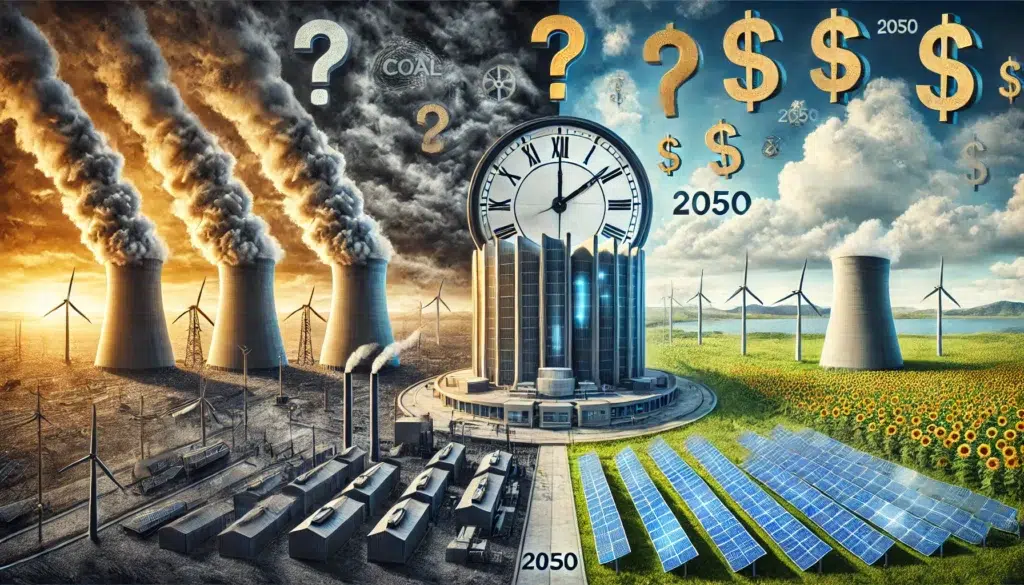In February 2017, Scott Morrison, the then Treasurer and later Prime Minister, took a piece of coal into the Australian Parliament. “This is coal. Don’t be afraid. Don’t be scared. It’s coal.” His demonstration highlighted the Liberal Party’s unwavering support for fossil fuels. Now, Peter Dutton, Morrison’s successor, has pivoted to nuclear power in Australia, proposing it as a solution to energy needs while delaying the transition to renewables.
The Liberal Party’s historic scepticism about climate change remains evident in Dutton’s energy policy. While renewable energy sources like solar and wind dominate global transitions, Dutton’s push for nuclear power faces criticism for being both impractical and costly.
The Liberal Party’s Stance on Energy
The Liberal Party has a long history of questioning the scientific consensus on climate change. Leaders like Tony Abbott have dismissed climate science as “absolute crap” and minimized its impacts, creating a policy environment favouring coal and gas. Dutton, following this legacy, has argued against rapid transitions to renewable energy, citing cost and reliability.
As Opposition Leader, Dutton claims that nuclear power could ensure energy security while meeting Australia’s 2050 net-zero target. However, his refusal to back the government’s 43% emissions reduction target by 2030 undermines Australia’s Paris Agreement commitments.
Nuclear Power: Cost and Feasibility
Dutton’s nuclear power plan hinges on untested technology, including small modular nuclear reactors (SMRs). Studies by CSIRO and AEMO confirm that solar and wind are significantly cheaper and more feasible than nuclear power in Australia. SMRs, which do not exist commercially, would likely cost more than conventional reactors, making Dutton’s claims of affordability questionable.
Furthermore, Dutton proposes maintaining coal-fired power stations and increasing gas reliance until nuclear energy becomes viable. Gas, however, is the most expensive energy source in Australia, and its use contradicts claims of “clean energy.”
Challenges to Nuclear Power in Australia
Even if nuclear power were adopted, significant hurdles remain. Experts, including the pro-nuclear Blueprint Institute, agree that nuclear plants could not be operational before 2040. Meanwhile, Dutton’s plan suggests starting projects by 2035, an unrealistic timeline given regulatory, political, and logistical challenges. Moreover, state governments and local communities remain largely opposed to hosting nuclear facilities.
The Hidden Agenda: Fossil Fuel Interests
Critics argue that Dutton’s nuclear power proposal is less about energy innovation and more about delaying Australia’s renewable energy transition. By advocating for nuclear power, he creates a narrative that stalls the government’s progress on phasing out fossil fuels. The coal industry, which has historically aligned with the Liberal Party, stands to benefit from this delay.
Why Dutton’s Plan Falls Short
Dutton’s nuclear power push fails on multiple fronts: it lacks feasibility, increases costs, and delays climate action. By focusing on fossil fuel interests, his policy conflicts with global and domestic commitments to combat climate change. The real solution lies in accelerating Australia’s adoption of renewable energy.




1 thought on “The Great Deception: Nuclear Power in Australia”